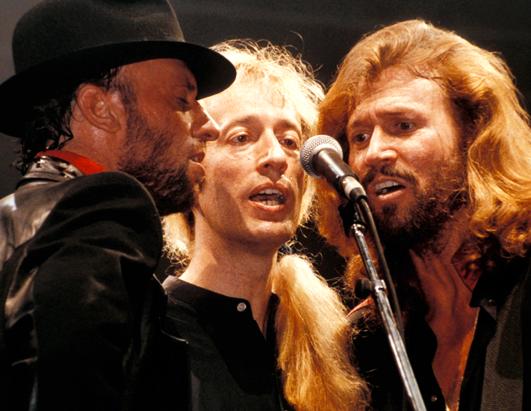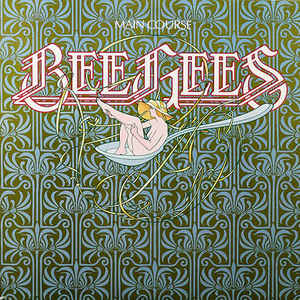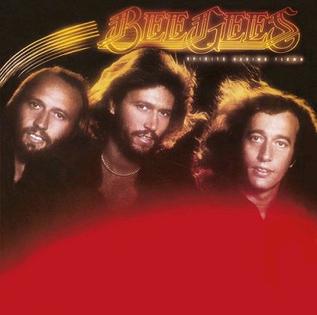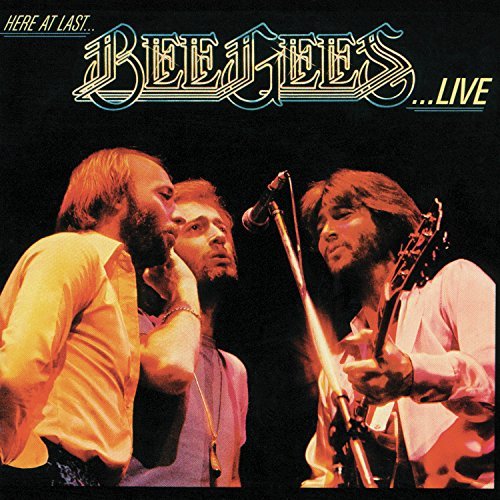 It just keeps happening. We read an account of The Bee Gees’ career by a noted “music historian” that repeated the lie. The farther away we get from this time in music history, the more urgent it becomes to set the record straight.
It just keeps happening. We read an account of The Bee Gees’ career by a noted “music historian” that repeated the lie. The farther away we get from this time in music history, the more urgent it becomes to set the record straight.
What is the lie?
Glad you asked. The lie is that the Bee Gees were washed-up and desperate before they wrote the soundtrack for Saturday Night Fever.
Poppycock! Balderdash! And other archaic exclamations!
Yes, the Bee Gees’ career (like many other bands – see also, “The Beach Boys”) had ups and down, but here is the true story…
The Brothers Gibb had begun performing in 1958. Born on the Isle of Mann in the UK, their parents had emigrated to Australia, where the lads first cracked the pop charts in 1965. They had a genuine hit in Australia in 1966 with “Spicks and Specks.”
That hit encouraged America’s Atlantic Records to take an interest in the trio, and they achieved their first U.S. success in 1967 with “New York Mining Disaster 1941.” It sounds strange now, but many listeners and a few DJs back in the day thought the Bee Gees might be the Beatles recording under a pseudonym!
The lads followed up with a very impressive string of pop hits, pushing 6 more songs into the American Top 20 in just over a year.
 Then the Bee Gees hit their first speed bump. Internal fighting between siblings (see also, “The Everly Brothers”), led Robin, then the primary lead singer for the group, to leave in 1969. Less than a year later, he was back and the Bee Gees achieved back-to-back Top 10 hits with “Lonely Days” and “How Can You Mend a Broken Heart,” the latter becoming the boys’ very first #1 record in the U.S.
Then the Bee Gees hit their first speed bump. Internal fighting between siblings (see also, “The Everly Brothers”), led Robin, then the primary lead singer for the group, to leave in 1969. Less than a year later, he was back and the Bee Gees achieved back-to-back Top 10 hits with “Lonely Days” and “How Can You Mend a Broken Heart,” the latter becoming the boys’ very first #1 record in the U.S.
In 1972, the band put “Run to Me” into the Top 10.
Then, a brief dry spell ensued. 1973 and 1974 saw the boys recording, but the public wasn’t buying. Enter Ahmet Ertegun, the legendary head of Atlantic Records. He recommended the Bee Gees start working with Atlantic’s equally legendary producer Arif Mardin and urged the group to move their sound in a more R&B direction. Their friend, Eric Clapton suggested that the brothers relocate to Miami and record there.
All those suggestions were pure gold (as in gold records). Mardin produced the Bee Gees’ next album, Main Course. Both Mardin and the group’s manager, Robert Stigwood, urged the Bee Gees to absorb the influences of Miami’s then burgeoning disco scene. They took the hint. Released in 1975, the album’s first single “Jive Talkin’” raced up the charts, giving the Bee Gees their second #1. They followed that with “Nights on Broadway,” which also reached the Top 10, and “Fanny (Be Tender with My Love)” which reached #12. The album itself did quite well, reaching #12 on the LP chart and becoming certified as a gold album.
 The Bee Gees then followed that success with Spirits Having Flown, which hit #1 on the LP charts, was certified platinum and produced the hits “You Should Be Dancing” (their 3rd #1), “Love So Right” (#3) and “Boogie Child” (#12).
The Bee Gees then followed that success with Spirits Having Flown, which hit #1 on the LP charts, was certified platinum and produced the hits “You Should Be Dancing” (their 3rd #1), “Love So Right” (#3) and “Boogie Child” (#12).
That was followed by the group’s first live LP, Here at Last… Live, a double album that also went platinum.
It was at THIS point that their manager asked the band to write some songs for a movie he was producing titled Saturday Night Fever.
Yes, the movie and soundtrack exploded; and for a year or more, the Bee Gees seemed to be everywhere.
 But the idea that they were washed-up before SNF is garbage. They had racked up 3 hit albums, and 7 Top 20 hits in the year just prior to the film’s release. You could argue that the Bee Gees helped the film succeed because radio stations began playing their songs from the soundtrack even before the film was released based on the trio's recent track record.
But the idea that they were washed-up before SNF is garbage. They had racked up 3 hit albums, and 7 Top 20 hits in the year just prior to the film’s release. You could argue that the Bee Gees helped the film succeed because radio stations began playing their songs from the soundtrack even before the film was released based on the trio's recent track record.
The Bee Gees eventually paid for their dominance of pop music in the second half of the 1970’s. By 1980, no radio station wanted to touch them, so strong was the disco backlash. Undaunted, the brothers turned to writing and producing hits for others (including Dionne Warwick, Diana Ross, Kenny Rodgers and Dolly Parton) while they patiently waited for their second reputation rehabilitation.
The boys finally returned to the Top 10 in 1989 with “One” and from then on, remained rock & roll icons.